Q&A | Liverpool’s head of planning says city is open for business
Samantha Campbell does not typically talk to the media. Liverpool’s head of planning prefers to knuckle down and focus on the work – and she’s been particularly busy of late, tackling an enormous backlog, crafting strategic frameworks, and creating two teams within the local planning authority to lead on major projects and placemaking.
Running through these planning changes is the city’s triple lock, a concept introduced by Mayor Joanne Anderson last year. The locks are people, planet, and equality, which means projects that are sustainable, inclusive, and contribute social value.
Throughout her tenure, Campbell says she has been driven to see the place she calls home succeed.
“Liverpool deserves the best it can get,” she told Place North West. “I cannot stress that enough.”
Read our interview with Campbell below. Answers have been edited for clarity and brevity.
You’ve released a lot of policy documents lately.
I’m not a great one for blowing my own trumpet, so you’ll have to forgive me, but in my four years since being the head of planning, we’ve done a lot of policy work.
Part of my degree is in urban design. I’m very passionate about place. A lot of the documents that are coming forward are placemaking documents that supplement the local plans. That’s something that the team and I are very passionate about – getting the best quality development in the right place for Liverpool.
Looking at the national government’s stats for local planning departments, you can see that Liverpool and Manchester receive roughly the same number of applications and process around the same. What seems to hamper Liverpool is this backlog – it’s like you have a massive elephant behind you that you’re dragging along.
We’re getting rid of the elephant. We’re conscious that we’ve got a large backlog. It’s down to about 800 now because we’ve really gone through it.
In the first three quarters of this year, we’ve already dealt with more applications than the two years previously. We’re really churning our way through that backlog and that’s with some extra capacity through agency work as well.
Why do you think the backlog got that bad?
I think the pandemic was partly the reason. We just didn’t have the number of staff. The reason why I got some extra financial resource into the team was because we did some benchmarking with core cities and we pretty much had double the workload because we didn’t have enough staff.
Now that the planning department has some additional funding, what are the priorities you have for the planning department?
For me, the priorities for the service is to be a customer- and business-facing service, to provide certainty and decision-making. I know what developers are saying and what they require from us. That certainty is coming.
We’ve also got a responsibility to shape Liverpool in a proactive way that seeks high-quality and sustainable development.
What is Liverpool doing to encourage family housing?
We’re going to start the review of the local plan next year. Going forward, housing policy will become far more sophisticated, taking on board the different types and models of housing provision and providing a sustainable mix – not only in the number of units, but the tenure, and the type of housing.
How do you see Ten Streets coming forward?
Principally, the plan for the true Ten Streets area is about protecting the employment nature of that site. It’s a very difficult one for planning because it’s trying to protect almost organic growth through control. We’re trying initially to protect that intrinsic character of those particular 10 streets.
To the north, we have the leisure gateway that’s opposite the new Bramley Moore stadium. To the south, we have the city fringe that we identify as mixed-use and are supportive of residential, commercial, minor retail.
We have been quite successful in securing and protecting that true centre part of Ten Streets, but what’s going to be really important going forward is our North Shore vision. That sets out the framework for the whole area because I don’t think you can consider Ten Streets without considering Liverpool Waters. They really need to be complementary to each other for both places to be successful.
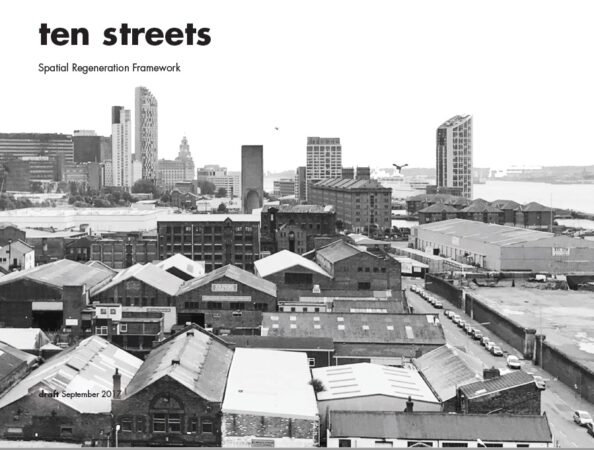
LCC is trying to protect the ‘intrinsic character’ of the city’s Ten Streets district. Credit: via LCC
Let’s say I’ve got a ridiculous amount of money and I want to develop somewhere in Liverpool. What am I developing and where?
One of my real passions is that we’re on a river and we can’t access the water. If there’s anything that I would like to achieve in my tenure as head of planning, is to get a development where you really interact with the water. That’s not just water users, that’s actually getting people to touch the water. Whether it’s like a Parisian beach along the Seine or whatever it is. It would be really nice to get people to reconnect with the water in terms of our heritage as well. King’s Dock is the one place to do it, I think. We’ll see what comes forward there.
In our comment section, we see a lot of people complain that Liverpool is not open for business and won’t work with developers. What do you say to that?
We are open for business. I want to create that certainty for the development community that they know what they can expect from the Liverpool local planning authority. We are open for business and good communication. If your scheme isn’t good enough, you’ll know. We’ll explain why. We’ll work with you to make it better, if possible. We’ll always work proactively to improve the scheme. The door is not shut. But we expect compliance with the local plan, and we expect the best quality possible.
Do you engage with a lot of developers?
Developers can come and see me. I’ve got an open door.
We’ve done a couple of forums. We did a major one a year ago and we did a more informal one with (interim strategic director of city development) Mark Bourgeois online with 60-odd developers and partners there.
I do want to keep the conversation going because when we do go back out next year, in terms of the local plan review, I want people to be actively engaged. I want people to be able to let us know what they want and where they want it.
That includes residents. I know we’ve concentrated on investors and developers, but actually, it really includes residents as well. I’m really passionate about being inclusive and including people in the conversation. Then we all own the plan.
Do you think Liverpool planning has turned the tide?
I’m not going to put my foot in my mouth and promise the world, but we’re absolutely on the right track to help deliver for Liverpool.


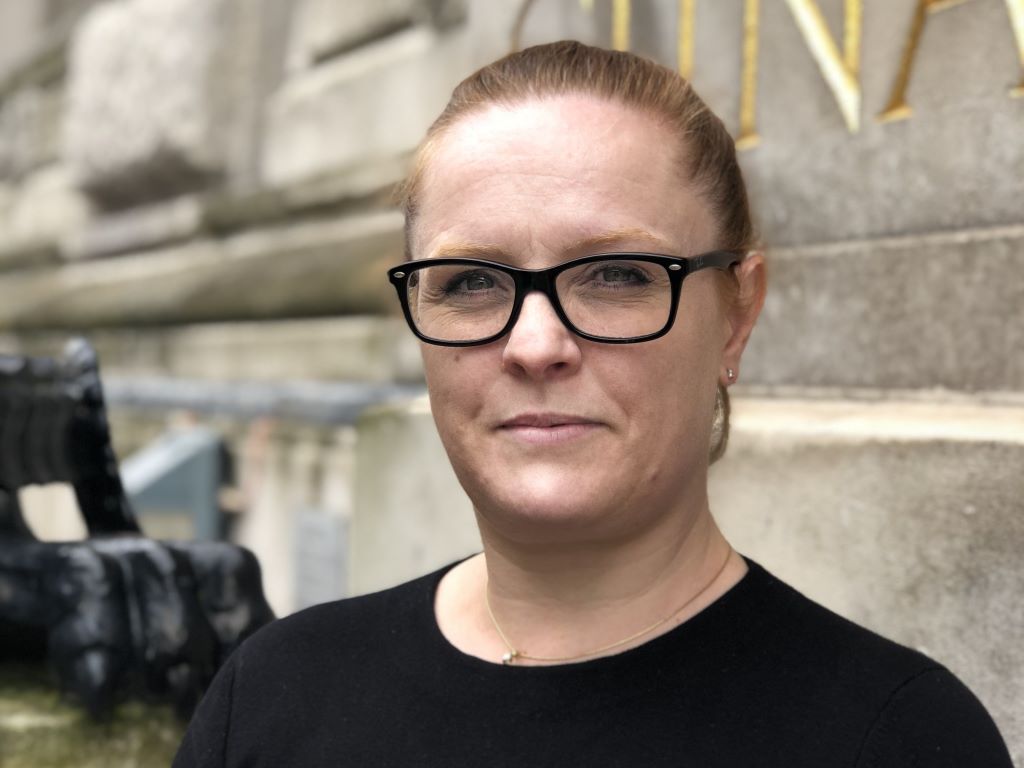
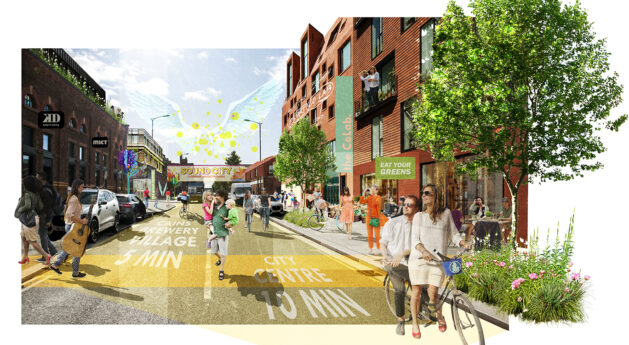
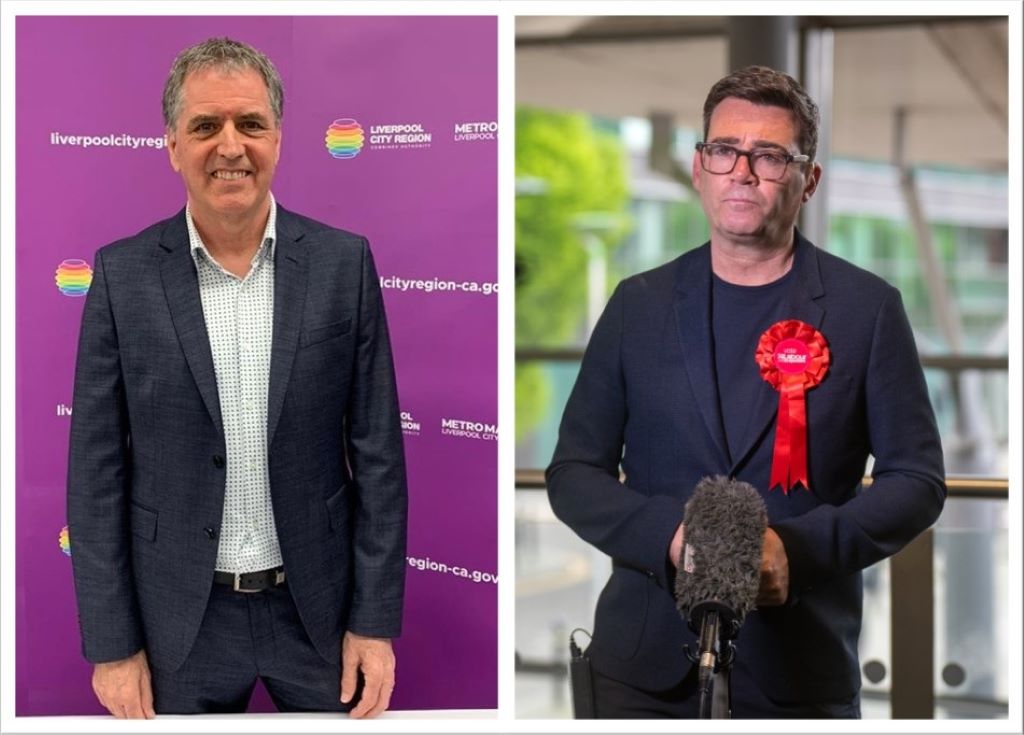
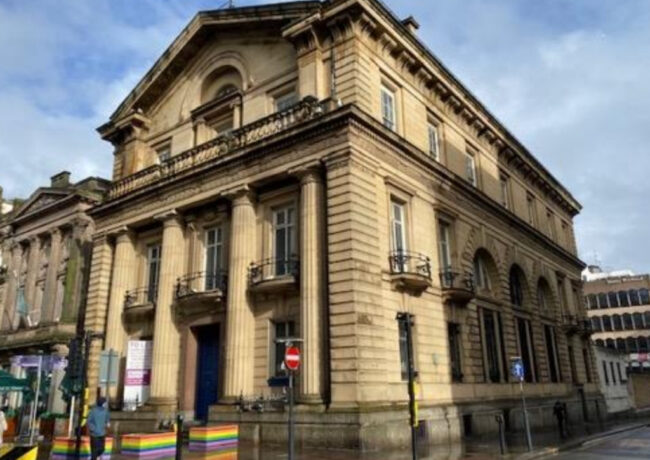
The best way forward would be to more approachable and transparent in dealing with developers. Also the “local Plan” can be a a great hurdle to overcome in terms of developing more capital intensive projects. The apparent obsession against any tall building even in designated tall building areas and the admission that LCC’s adherence to the place idea appears to stymie larger projects. What LCC really need to realise is that investors and developers have the ideas and finance, LCC has by all reports none. So may I encourage them to be more open and flexible when projects are proposed and not be so stoic in their response. I really do wish the best for the city but greater co-operation and an open mind is really needed.
By Liverpolitis
Triple Lock… People,Planet and Equality it`s almost like Liberte, Fraternite, Egalite, fine in principal but does it create jobs and improve standards of living. The council lost the Unesco burden but now has it`s own Local Plan, which constrains development.
If Liverpool `deserves the best it can get` then what planning team was responsible for the awful low-rise housing estate that was planted right in the middle of the city at Park Lane. The Ten Streets vision too, what is that about, they want to keep the `intrinsic character` but it`s mostly run down, derelict and largely oily-rag type businesses sheds, with the odd interesting cultural venue in place. The Everton stadium is a lifeline for Ten Streets which never envisaged it being on their doorstep when the area vision was conceived, and there needs to be more hotels, residential and leisure in that location as well as thriving businesses.
By Anonymous
It’s an odd point in time. There’s talk about light at the end of the tunnel but none of us can see it yet. Some have lost all respect for their own city after the UNESCO fiasco and as of yet there seems to be no real benefits of losing the status. The pack mentality and delusion of other places holding Liverpool back has created a stagnant and toxic environment for development. The positivity is welcome but I honestly just feel like burying my head back in the ground for another year.
By Anonymous
1:59 pm
By Anonymous , great minds think alike about the 10 streets area , nothing wrong with auto repair shops etc but the term intrinsic character`is so far removed from reality , its full off old tired buildings of no value what so ever. The issue for me is clear yet again we have a self appointed planner with ridiculous views being imposed on the city and turning business away. They are allowed way too much scope to impose almost political doctrine with thie view or bow view approach. I personally know developers trying to operate in the city and its torturous . This is not acceptable , Manchester (good luck to them ) is flying along we want to dictate singular views mostly disguised as anti progress and anti business..
The EFC stadium in any other city would have started a significant wave of further developments , yet this lot want to preserve 10 streets ? its not the Georgian quarter , i despair
Ps i thought the Place questions were spot on , sadly the answers verged on arrogant we know best
By Paul M - Woolton
Perhaps someone should tell the Committee they are open for business.
By Lee Kendall
Had a look at the Local Plan, there is an appendix document 3/4, and it covers tall buildings and protecting views, hard to believe that council team must have gone out and decided that nearly every angle in the city has something that must be considered for protection, and there is even allowance made for people viewing Liverpool from the Wirral ! If ever there was proof that Liverpool is not open for business then this is it, it seeks to put so many restrictions on developers,stifle investment, and limit profit then why would you bother.
By Anonymous
A BIG improvement would be to get rid of city mayors. We don’t need them. Any improvements in council planning policies are welcome.
By Eric
@Eric, you need to keep up with the programme, the Liverpool City mayor is going early next year to be replaced by council leader, city mayors can work with the right powers and financial backing but maybe not in Britain .
By Anonymous
We need business and we want offices so there are jobs for our children.
By Mary Mullarkey
‘Open for business’ is an empty slogan. Investors want to see certainty and continuity. LCC is not known for it. It is going to be an uphill struggle to restore the reputation.
By Anonymous
So the stats show that Liverpool and Manchester have a similar number of planning applications per annum, both received and processed I think. However what is not clear is what is the substance of these applications, eg how many high profile applications does Manchester get compared to Liverpool, my guess is far more. Also it looks to me that Liverpool puts a lot of conditions on developers and each time they have to make further applications to get the conditions discharged and this adds to the workload both for the developer and the planning officers. At present Liverpool planning officers seem to take up most of their time processing minor applications regarding trees, house extensions, window replacements, communication masts, discharging conditions but hardly anything exciting that evidences a city attracting major developers.
By Anonymous